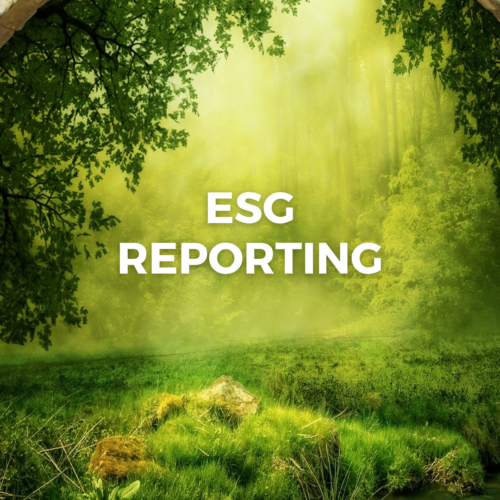ESG stands for environmental, social, and governance, and it refers to a set of criteria that measure how a company performs in relation to the planet and its people. ESG reporting is the process of disclosing information on the ESG performance and impact of a company to its stakeholders, such as investors, customers, employees, regulators, and society. ESG reporting is important because it can help companies to: • Identify and manage their ESG risks and opportunities • Demonstrate their contribution to the global sustainability goals • Enhance their reputation and credibility among their stakeholders • Attract and retain capital, talent, and customers • Improve their efficiency and competitiveness However, ESG reporting is not a simple or straightforward task. It requires companies to collect, analyze, and communicate data on a wide range of topics and indicators that may vary depending on the sector, region, and stakeholder expectations. To help companies with this challenge, there are various ESG reporting frameworks that provide guidance and standards for ESG reporting. What are ESG reporting frameworks? An ESG reporting framework is a set of general principles that provide guidance on the topics and information that need to be covered, but do not prescribe a methodology for data collection or organization. It is up to each company to interpret and adapt the framework to its specific context. There are many ESG reporting frameworks available in the market, each with its own purpose, scope, audience, and focus. Some of the most widely used and recognized ESG reporting frameworks are: • The Global Reporting Initiative (GRI) Standards https://www.ibm.com/topics/esg-frameworks, which are the most widely used sustainability reporting standards in the world. They cover a comprehensive range of economic, environmental, social, and governance topics that are relevant for any organization. • The Sustainability Accounting Standards Board (SASB) Standards https://www.icaew.com/technical/financial-services/esg-assurance/esg-reporting-frameworks, which are industry-specific standards that focus on the material ESG issues for investors. They cover 77 industries across 11 sectors and provide metrics and guidance for disclosing financially material ESG information. • The Task Force on Climate-related Financial Disclosures (TCFD) Recommendations https://esg.tech/glossary/esg-reporting-frameworks/, which provide a framework for disclosing climate-related risks and opportunities for financial stability. They cover four areas: governance, strategy, risk management, and metrics and targets. • The United Nations Guiding Principles on Business and Human Rights (UNGPs) https://sasb.org/about/sasb-and-other-esg-frameworks/, which are the authoritative global standard for addressing human rights impacts in business. They cover three pillars: the state duty to protect human rights, the corporate responsibility to respect human rights, and the access to remedy for victims of human rights abuses. How to choose ESG reporting frameworks? Choosing the right ESG reporting frameworks for your company can be a daunting task, given the diversity and complexity of the options available. However, there are some steps you can take to make this process easier: • Start with your purpose. Why do you want to report on your ESG performance? Who are your target audiences? What are their expectations and needs? What are your goals and objectives? • Assess your materiality. What are the most significant ESG issues that affect your business and your stakeholders? How do they align with your strategy, values, and mission? What are the risks and opportunities associated with them? • Compare your options. What are the strengths and weaknesses of each framework? How do they match your purpose and materiality? How compatible are they with each other? How feasible are they for your company? • Select your frameworks. Based on your analysis, choose one or more frameworks that best suit your company’s situation. You may also consider using a combination of frameworks to address different aspects or audiences of your ESG reporting. • Implement your frameworks. Follow the guidance and standards of your chosen frameworks to collect, analyze, and report your ESG data. You may also use tools or software to help you with this process. Ensure that your ESG reporting is transparent, consistent, reliable, and comparable. ESG reporting is not a one-time exercise or a compliance requirement. It is a continuous journey of learning, improvement, and value creation. By choosing and implementing the appropriate ESG reporting frameworks for your company, you can not only meet the expectations of your stakeholders but also enhance your competitive advantage and long-term success.

ESG Reporting Frameworks: What They Are and How to Choose Them
by
Tags: